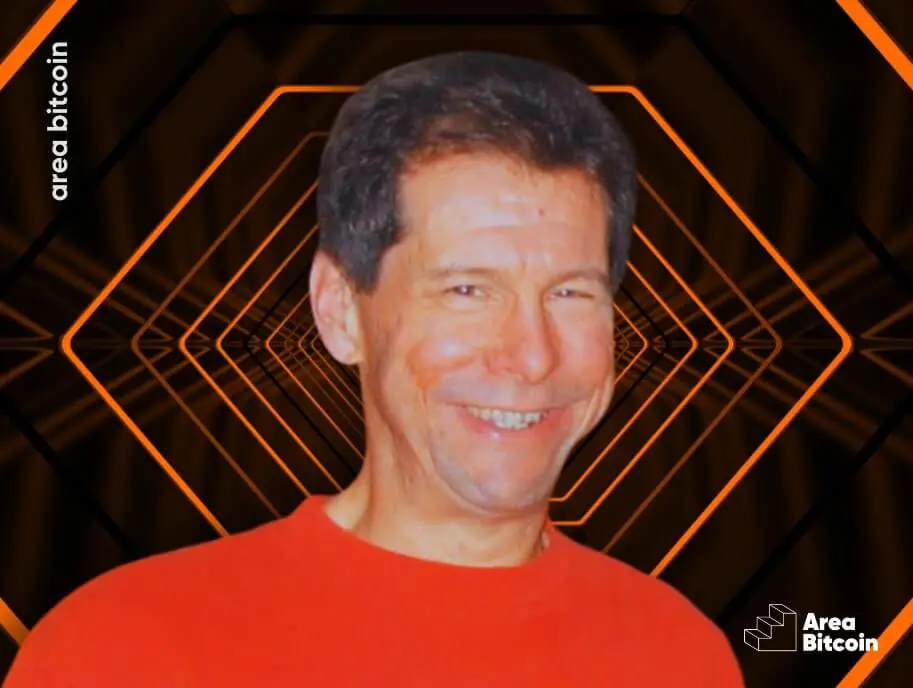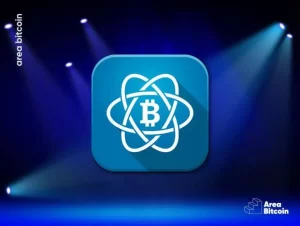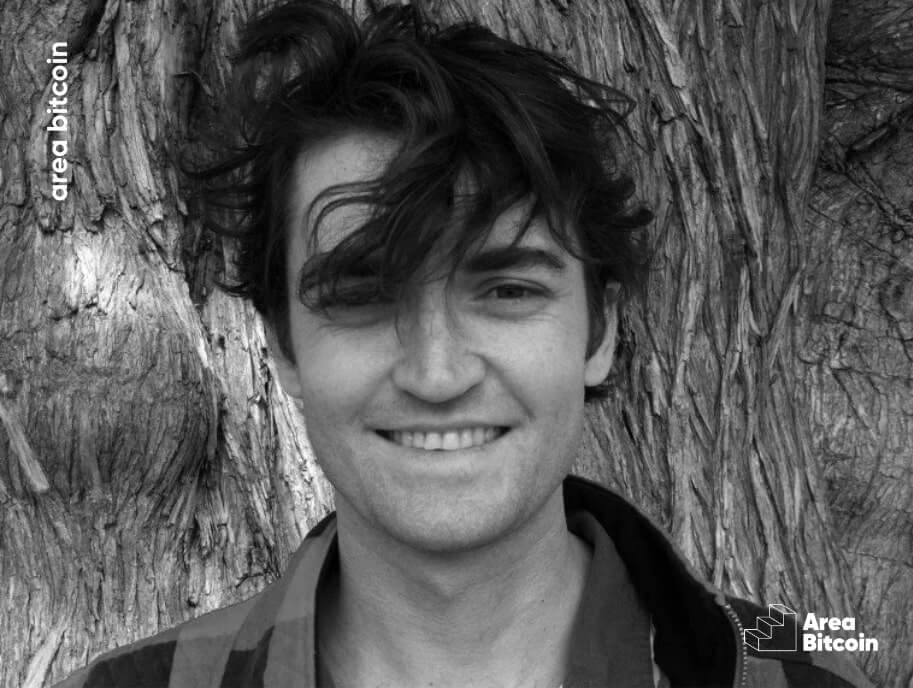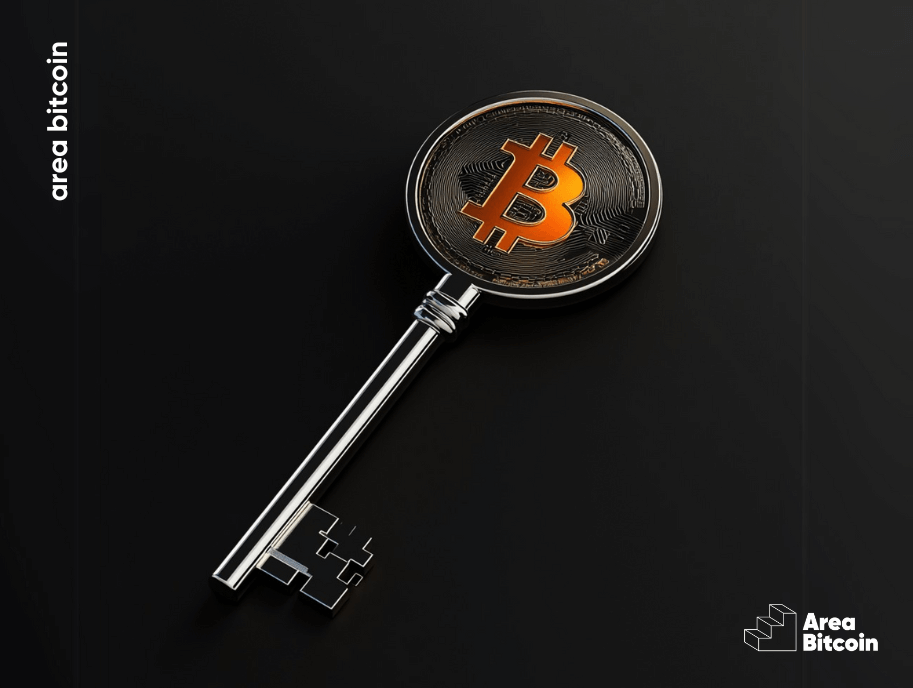Harold Thomas Finney, better known as Hal Finney, was a software engineer and an advocate for cryptography and digital privacy, as well as one of the early enthusiasts of Bitcoin. His involvement has led to widespread admiration within the community today, and various rumors suggest that he might be Satoshi Nakamoto himself.
These rumors stem from his direct communication with Satoshi Nakamoto, being the first recipient of a Bitcoin transaction from Satoshi, and the first to run the Bitcoin software, thereby making significant contributions to its development.
As an important figure for Bitcoiners, it’s only fair to understand who Hal Finney was and his story, right?
That’s exactly what we’re going to tell you in this article!
Hal Finney Before Bitcoin
Hal Finney was a software developer who dedicated most of his career to developing PGP, in collaboration with Phil Zimmermann, the creator of PGP and PGP Corporation.
What is PGP?
PGP stands for “Pretty Good Privacy,” a form of encryption software designed to ensure the privacy and authenticity of data in digital communications.
It utilizes public key cryptography, where each user has two keys: a public key, which can be shared with others, and a private key, which must remain secret.
Notably, PGP was among the first implementations of public key cryptography made widely available for general use.
Today, PGP allows people to sign messages in an encrypted manner and send and receive messages with more privacy.

The Cypherpunk Movement
Before the emergence of Bitcoin, Hal Finney played a key role in the cypherpunk movement. This movement focused on data and information privacy in the digital world, using cryptography as the main mechanism of digital security.
Within this scope of data privacy, the cypherpunks also found it necessary to create digital money, free from the constraints of the state and highly secure for sending between two parties.
This led to various ideas and projects related to digital money that used cryptography as a security mechanism.
Hal Finney, with his experience and vision, played a crucial role in this movement and continued his trajectory as a pioneer by getting deeply involved with Bitcoin from its early stages.
RPOW – Reusable Proof of Work
One of the cypherpunks’ proposals for creating a digital money system was Bit Gold, developed by Nick Szabo.
Soon after the Bit Gold proposal, in 2004, Hal Finney created his proposal of reusable proofs of work (RPOW), based on Nick Szabo’s idea.
Hal Finney’s proposal addressed the well-known problem of Double Spending. In a digital environment, where money is represented by digital information, there is a risk that the same monetary unit could be copied, just as a photo on a computer can be duplicated using the CTRL-C + CTRL-V keyboard shortcut, resulting in two identical copies.
Given that the copying of digital money would compromise its value, RPOW was developed as an effective solution to prevent Double Spending. This innovative approach by Hal Finney contributed significantly to establishing trust and integrity in digital money transactions.
It’s worth noting that even before presenting RPOW in 2004, Hal Finney had already published studies on Double Spending in 1993, highlighting his foresight regarding the fundamental issues of digital money.
Thus, even before the rise of Bitcoin, Hal Finney had already left his mark through various publications and significant contributions to the cryptographic and digital currency scene.
Hal Finney and Bitcoin
In a personal account published on the BitcoinTalk forum, Hal Finney describes how he promptly adopted the idea presented by Satoshi Nakamoto when Bitcoin was first proposed on a mailing list.
At the time, others on the list expressed skepticism, as there had been several unsuccessful digital currency proposals.
As a result, Hal Finney was among the first to operate the Bitcoin network. He is known for a famous tweet from January 11, 2009, in which he wrote, “Running Bitcoin.” This indicates that, from that moment, he was collaborating with Satoshi by running the Bitcoin blockchain.
To this day, this tweet is shared by Bitcoiners.
In the mining process, Finney was responsible for mining block 70-something, thereby receiving the first recorded Bitcoin transaction in history, in which Satoshi sent him 10 bitcoins as a test.
Over time, Finney maintained a continuous dialogue with the creator of Bitcoin, reporting bugs in the software that Nakamoto corrected.
Regarding mining, he continued the practice at his residence until he decided to stop due to the excessive heat and noise generated by his computer.
It’s worth noting that, at that time, it was still possible to mine Bitcoin using just a home computer.
The Diagnosis
In 2009, Hal Finney received a diagnosis of ALS (Amyotrophic Lateral Sclerosis), a disease that weakens muscles and impacts physical functions, the same disease that physicist Stephen Hawking had.
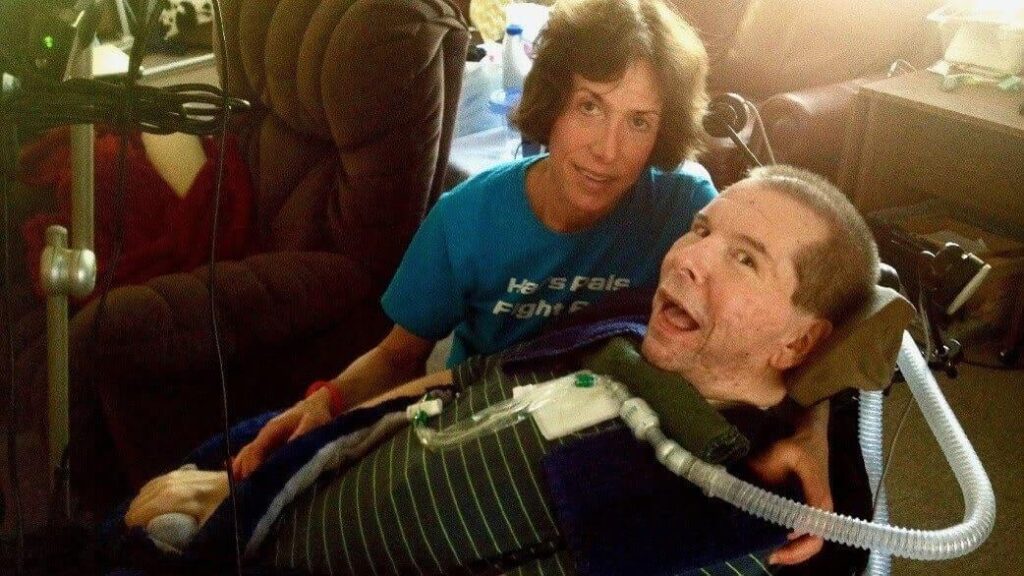
Despite facing significant physical limitations and depending on a feeding tube, Finney managed to adapt to his situation and continue some activities, including writing code.
During this period, he was involved in a project to strengthen Bitcoin wallets.
However, on August 28, 2014, he passed away, succumbing to the disease. Shortly after his death, his body underwent cryogenic preservation. Yes! Hal Finney chose to have his body frozen in the hope that future technology might enable his resurrection.
The blood from his body was removed and replaced with M-22, a solution that preserves tissues and prevents the formation of ice crystals. Additionally, his body was submerged in 450 liters of nitrogen at a temperature of -195ºC.
He and his wife had agreed to maintain his body in this state for 20 years.
The Last Post
Before passing away, Hal Finney made his last post on Bitcoin Talk: a letter that shared a bit of his journey and experience with Bitcoin.
Below is the letter written by Hal Finney:
By Hal Finney
I thought I’d write about the last four years, an eventful time for Bitcoin and me.
For those who don’t know me, I’m Hal Finney. I got my start in crypto working on an early version of PGP, working closely with Phil Zimmermann. When Phil decided to start PGP Corporation, I was one of the first hires. I would work on PGP until my retirement. At the same time, I got involved with the Cypherpunks. I ran the first cryptographically based anonymous remailer, among other activities.
Fast forward to late 2008 and the announcement of Bitcoin. I’ve noticed that cryptographic graybeards (I was in my mid 50’s) tend to get cynical. I was more idealistic; I have always loved crypto, the mystery and the paradox of it.
When Satoshi announced Bitcoin on the cryptography mailing list, he got a skeptical reception at best. Cryptographers have seen too many grand schemes by clueless noobs. They tend to have a knee jerk reaction.
I was more positive. I had long been interested in cryptographic payment schemes. Plus I was lucky enough to meet and extensively correspond with both Wei Dai and Nick Szabo, generally acknowledged to have created ideas that would be realized with Bitcoin. I had made an attempt to create my own proof of work based currency, called RPOW. So I found Bitcoin fascinating.
First Person to run Bitcoin
When Satoshi announced the first release of the software, I grabbed it right away. I think I was the first person besides Satoshi to run Bitcoin. I mined block 70-something, and I was the recipient of the first bitcoin transaction, when Satoshi sent ten coins to me as a test. I carried on an email conversation with Satoshi over the next few days, mostly me reporting bugs and him fixing them.
Today, Satoshi’s true identity has become a mystery. But at the time, I thought I was dealing with a young man of Japanese ancestry who was very smart and sincere. I’ve had the good fortune to know many brilliant people over the course of my life, so I recognize the signs.
After a few days, bitcoin was running pretty stably, so I left it running. Those were the days when difficulty was 1, and you could find blocks with a CPU, not even a GPU. I mined several blocks over the next days. But I turned it off because it made my computer run hot, and the fan noise bothered me. In retrospect, I wish I had kept it up longer, but on the other hand I was extraordinarily lucky to be there at the beginning. It’s one of those glass half full half empty things.
The next I heard of Bitcoin was late 2010, when I was surprised to find that it was not only still going, bitcoins actually had monetary value. I dusted off my old wallet, and was relieved to discover that my bitcoins were still there. As the price climbed up to real money, I transferred the coins into an offline wallet, where hopefully they’ll be worth something to my heirs.
ALS, Lou Gehrig’s Disease
Speaking of heirs, I got a surprise in 2009, when I was suddenly diagnosed with a fatal disease. I was in the best shape of my life at the start of that year, I’d lost a lot of weight and taken up distance running. I’d run several half marathons, and I was starting to train for a full marathon. I worked my way up to 20+ mile runs, and I thought I was all set. That’s when everything went wrong.
My body began to fail. I slurred my speech, lost strength in my hands, and my legs were slow to recover. In August, 2009, I was given the diagnosis of ALS, also called Lou Gehrig’s disease, after the famous baseball player who got it.
ALS is a disease that kills motor neurons, which carry signals from the brain to the muscles. It causes first weakness, then gradually increasing paralysis. It is usually fatal in 2 to 5 years. My symptoms were mild at first and I continued to work, but fatigue and voice problems forced me to retire in early 2011. Since then the disease has continued its inexorable progression.
Today, I am essentially paralyzed. I am fed through a tube, and my breathing is assisted through another tube. I operate the computer using a commercial eyetracker system. It also has a speech synthesizer, so this is my voice now. I spend all day in my power wheelchair. I worked up an interface using an arduino so that I can adjust my wheelchair’s position using my eyes.
Conclusion
It has been an adjustment, but my life is not too bad. I can still read, listen to music, and watch TV and movies. I recently discovered that I can even write code. It’s very slow, probably 50 times slower than I was before. But I still love programming and it gives me goals. Currently I’m working on something Mike Hearn suggested, using the security features of modern processors, designed to support “Trusted Computing”, to harden Bitcoin wallets. It’s almost ready to release. I just have to do the documentation.
And of course the price gyrations of bitcoins are entertaining to me. I have skin in the game. But I came by my bitcoins through luck, with little credit to me. I lived through the crash of 2011. So I’ve seen it before. Easy come, easy go.
That’s my story. I’m pretty lucky overall. Even with the ALS, my life is very satisfying. But my life expectancy is limited. Those discussions about inheriting your bitcoins are of more than academic interest. My bitcoins are stored in our safe deposit box, and my son and daughter are tech savvy. I think they’re safe enough. I’m comfortable with my legacy.
Project Running Bitcoin
Beyond Bitcoin, Hal Finney nurtured a passion for another activity: running. A regular participant in half marathons (21 km), he was preparing to tackle a full marathon (42 km) when he received his disease diagnosis.

After Elon Musk took over Twitter, he announced that inactive accounts would be removed. This led to discussions among followers about the potential removal of Hal Finney’s account from the platform.
In response to these discussions, Fran Finney, Hal’s wife, took the initiative to use his account to follow new users. This action launched a campaign to assist individuals suffering from Amyotrophic Lateral Sclerosis (ALS).
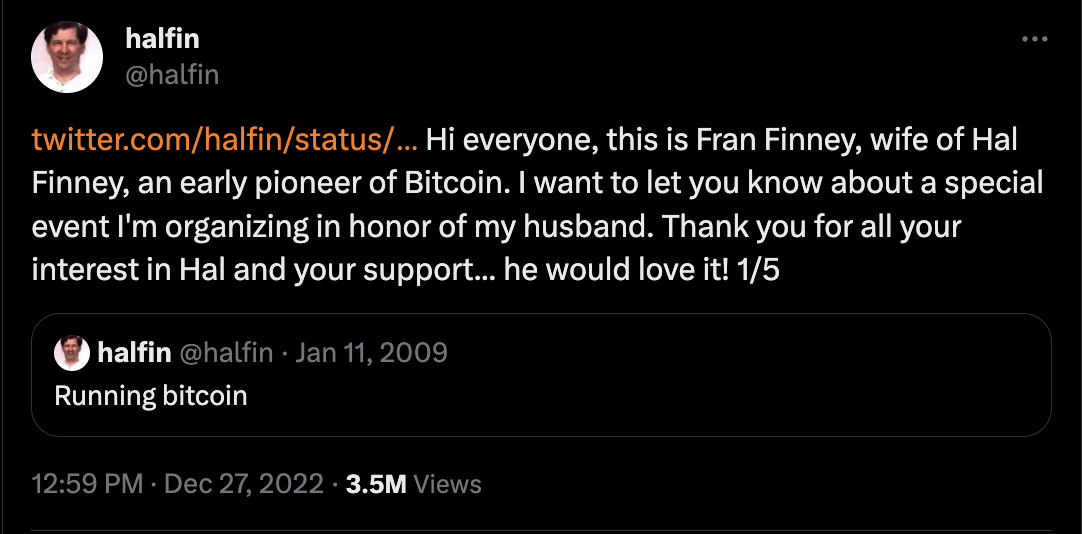
Hal Finney’s wife using his account to follow new users and launch an initiative to assist individuals with ALS
Fran leveraged Hal’s account’s visibility to promote the project called “Running Bitcoin,” aimed at raising funds through Bitcoin donations for ALS research.
Running Bitcoin consists of covering 21 km, whether walking or running, over a certain period of days.
Participation in this race is not restricted to a specific location; individuals from any part of the world can register and contribute to this noble cause.
Is Hal Finney Satoshi Nakamoto?
Despite persistent rumors, Hal Finney consistently denied being Satoshi Nakamoto.
After Hal’s passing, his wife continued to refute this theory in various interviews. However, despite all the denials, some Bitcoiners still consider the possibility that Hal was the true creator of BTC.
Ultimately, we will likely never know if Hal Finney was indeed Satoshi Nakamoto.
Conclusion
Practically every Bitcoiner worth their salt should be familiar with, or have some knowledge of, Hal Finney’s story; after all, he played a crucial role in the development of Bitcoin.
As highlighted, Finney’s contributions were not limited to being the first person to run the Bitcoin software or to receive a direct transaction from Satoshi. He was a talented developer, responsible for addressing the challenge of double spending in digital currencies.
Moreover, he was an integral part of the cypherpunk movement and made significant contributions through various articles on cryptography.
It’s no wonder that many speculate he might be Satoshi Nakamoto himself. However, for us, Hal Finney represents much more than an important figure; he embodies an inspiring story of perseverance.
We hope you’ve enjoyed learning about Hal Finney’s story and trajectory and, consequently, gaining a deeper understanding of the history of Bitcoin.
Share the article, and until next time, Opt Out.

Article adapted by Dread.
Share on your social networks:
Area Bitcoin is an educational Bitcoin school that aims to accelerate the financial and intellectual sovereignty of all individuals.
Did you like this article? Consider buying us a cup of coffee so that we can keep writing new content! ☕

